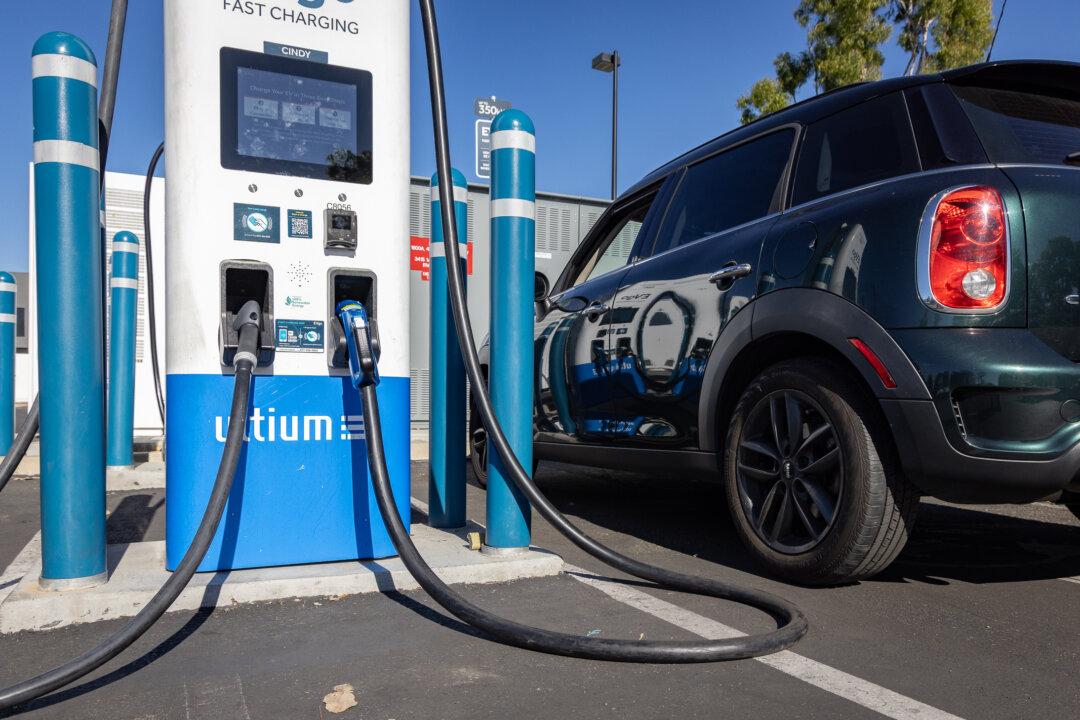The federal government is taking several actions to address per- and polyfluoroalkyl substances (PFAS), according to Environmental Protection Agency (EPA) Administrator Lee Zeldin.
Also known as “forever chemicals” because they take so long to break down, PFAS substances have been found in water, air, and soil, and have been detected in humans and animals.
The new actions announced on April 29 are centered around three principles: “strengthening the science, fulfilling statutory obligations and enhancing communication, and building partnerships.”
These include, but are not limited to, designating a PFAS agency lead, implementing a testing strategy under the Toxic Substances Control Act, addressing information gaps where not all of the substances can be controlled and measured, and providing more updates to the EPA’s PFAS destruction and disposal guidance.
The actions also include developing limitation guidelines for PFAS manufacturers and meta finishers, enforcing the Clean Water Act on the use of PFAS chemicals, and establishing a clear liability framework.
The EPA will also develop partnerships at the state level to assess PFAS contamination risks, advance cleanup efforts where PFAS contamination is impacting the drinking water, and review and evaluate pending air emission petitions.
“With today’s announcement, we are tackling PFAS from all of EPA’s program offices, advancing research and testing, stopping PFAS from getting into drinking water systems, holding polluters accountable, and providing certainty for passive receivers.
“This is just a start of the work we will do on PFAS to ensure Americans have the cleanest air, land, and water.”
They also follow actions undertaken by the Biden administration, which sought to protect drinking water and land from PFAS contamination and updated the agency’s national PFAS testing strategy.
The EPA notes that the latest efforts are in line with Zeldin’s “Powering the Great American Comeback Initiative” by advancing “Pillar 1: Clean Air, Land, and Water for Every American, and Pillar 3: Permitting Reform, Cooperative Federalism, and Cross-Agency Partnership.”







